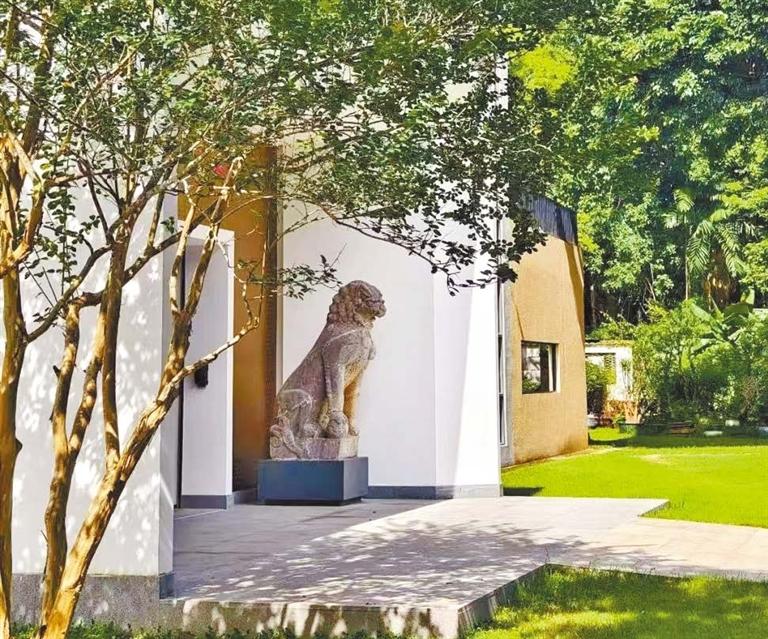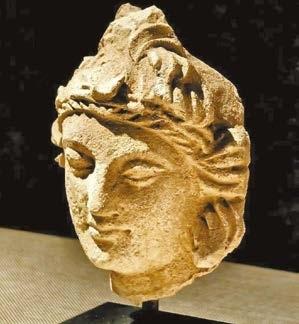


Wang Jingli wangjingli0715@163.com THREE Shenzhen museums have recently received national recognition following the release of the results of the fifth batch of evaluations for the second and third-tier museums in China, according to the Chinese Museums Association. The Shenzhen Goldstone Museum of Art, located in Luohu District, has been designated as a national second-class museum. Meanwhile, the Fanya Art Museum in Longgang District and the Huifeng Museum of Ancient Pottery in Luohu District have been recognized as national third-class museums. Currently, Shenzhen is home to a total of 61 museums, including one first-tier museum and two second-tier museums. The Shenzhen Goldstone Museum houses 367 art pieces (sets), many of which are classified as first-level cultural relics. Notable exhibits include a stone folding screen and a stone gate from the tomb of businessman Zhai Mensheng in 543 A.D., both of which were once on display at the Hunan Museum and the Suzhou Museum. Established in July 2019 with the approval of relevant authorities, the Shenzhen Fanya Art Museum is the first thematic museum in China dedicated to Buddhist art from South Asia and Southeast Asia. The museum’s collection includes over 500 pieces (sets) sourced from Central Asia, West Asia, South Asia, Southeast Asia, and other regions involved in the Belt and Road Initiative, with a special focus on ancient carved masterpieces from India, Pakistan, Afghanistan, Cambodia, Iran, Syria, and other countries. The museum has three exhibition halls: Kushan period art, Pala period art, and Angkor period art. The museum’s initial collection includes more than 200 pieces (sets) of stone carvings, plaster, and ceramic statues from the Gandhara region of ancient India (today’s Pakistan and Afghanistan) during the Kushan period, which spanned from the first to the 5th centuries A.D. These artifacts are extremely valuable and among the rarest in the world. The Huifeng Museum of Ancient Pottery showcases over 20 types of prehistoric cultures, representing various dynasties. It occupies a unique position in the national landscape of ancient ceramics museums. In December last year, the China Association of Museums announced the start of the fifth batch of evaluations of the country’s museums, aimed at selecting first, second and third-tier museums. According to the evaluation standards, museums must score over 400 out of 1,000 points to qualify as the third tier, over 600 for the second tier and over 800 for the first tier. China officially started evaluating museums in 2008 and has gradually developed two evaluation systems. One system is based on grading, which classifies museums into three tiers, while the other focuses on operational performance, assessing museums to ensure they meet the standards required to maintain their designated tiers. | 
